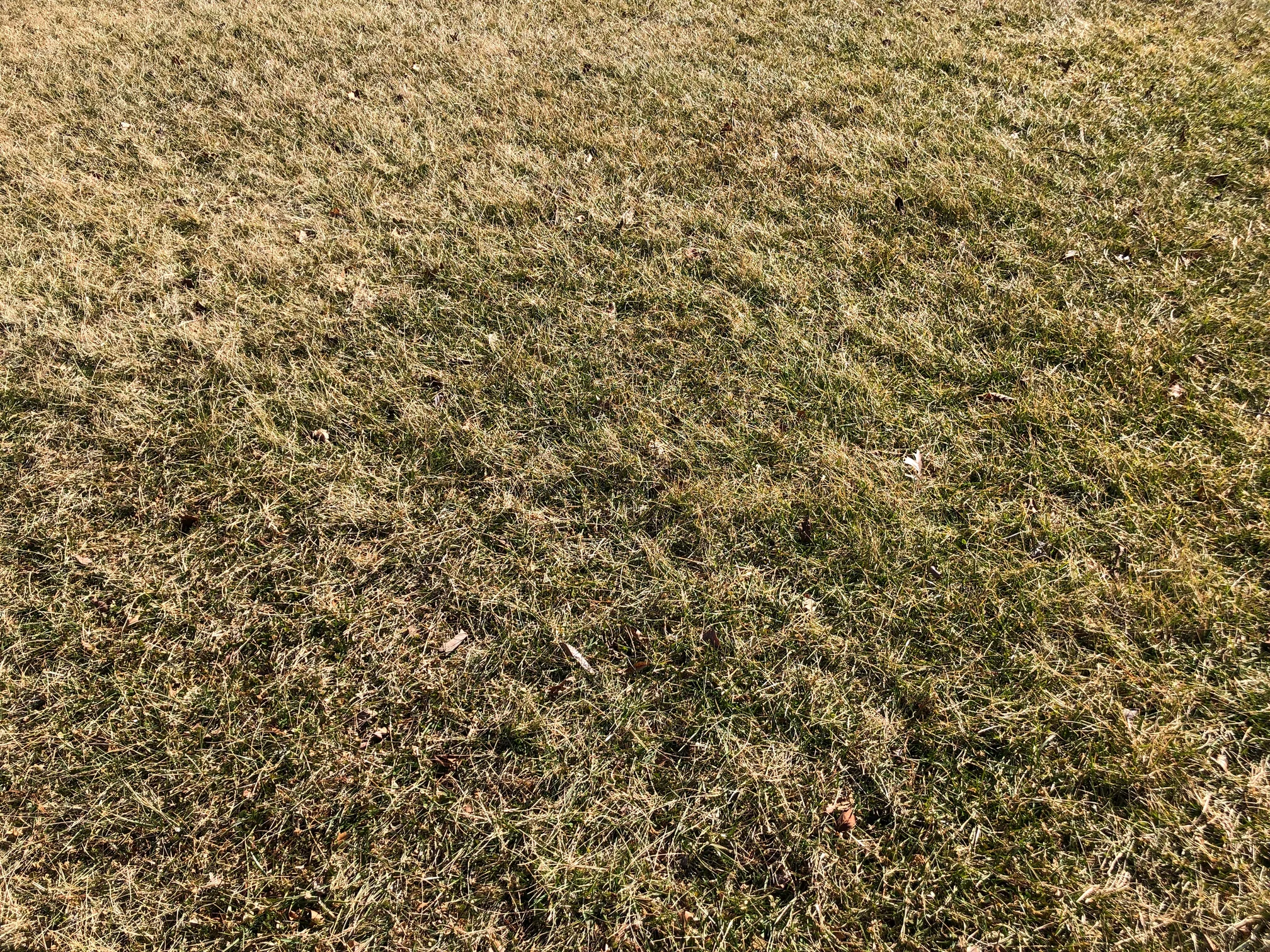What Do I Do to My Lawn in The Fall?
Last Updated on November 4, 2025 by Duncan
There’s nothing quite like walking barefoot across a lush lawn on a hot summer day, but as fall arrives, you must get your lawn ready for winter dormancy.
A change in season necessitates changes in how you care for your beloved lawn to ensure it survives the winter and is ready for spring.
As a responsible homeowner who wants to keep their lawn in top shape, you must be asking, what do I do to my lawn in the fall, right? Well, there are a number of things you can do to keep your lawn in top shape. These things include:
Mow the lawn
Though you may be anxious to quit mowing as the cold season arrives, you must not leave the grass too long, since this might make it more susceptible to snow mold.
In most areas, the mowing season ends around November, but this might vary depending on the weather. So, you should research and even consult the professionals to find the best time to mow your lawn in the fall.
As much as you should cut your lawn in the fall, you should be cautious not to cut it too low. Cutting the grass too short makes it vulnerable to cold damage, fosters winter weeds, and diminishes the turf’s ability to store energy.
Cutting the lawn too long at the same time limits airflow and encourages snow mold.
The long grass bends and turns into a mat under snow-trapping moisture and organic debris, creating a microclimate for fungal pathogens.
Begin by mowing high, then gradually reduce the blade height without scalping.
If you aren’t experienced in mowing, consider hiring a professional to help you out.
Watering
With increased fall precipitation, it’s easy to assume that your grass doesn’t require watering, but this isn’t the case.
You should note that a dry lawn in the fall is not ready for winter dormancy, making it more susceptible to dessication and winter damage.
To be on the safe side, do not stop watering your grass in the fall. Add about an inch of water every week to keep your lawn healthy and ready for winter.
Of course, as the weather cools, you can reduce how much you water. You know that the grass roots will continue to grow even while leaf growth stops.
So you should wait until your area’s first frost, when grass begins to become dormant, to stop watering entirely.
Mulch the leaves
Instead of raking leaves into piles for disposal, mow them numerous times until they decompose into ready-made compost. This helps to nourish your lawn naturally while also promoting soil health.
Organically maintained lawns are drought-resistant and more comfortable to play on. If the layer of fallen leaves is too thick to mow, collect them with a rake or leaf blower and compost them.
You should note that wet leaves do not mulch properly and can pile up, choking the lawn.
Instead, mulch leaves once they’ve dried. Use a mower with a mulching adapter. A small layer of shredded leaves can help your grass by suppressing weeds, conserving moisture, and nourishing the soil.
You should note that you shouldn’t mulch diseased leaves. Remove any diseased or moldy leaves from the yard.
Fertilize your lawn
You should fertilize your lawn with a phosphorus-rich fertilizer. You should avoid nitrogen fertilizers as they stimulate excessive leaf growth, which is undesirable as the lawn prepares for winter hibernation.
Instead of doing this, apply a layer of compost to your grass to support root growth far into winter as the soil cools.
As a rule of thumb, avoid over-fertilization. This is because over-fertilization promotes late-season growth and inadequate root development, leaving the grass prone to winter damage.
Applying too much fertilizer might cause nutrients to seep into groundwater. Over-fertilizing your lawn can also create grass burn, which turns the grass yellow or brown.
Dethatch
Dethatching (the removal of debris, such as dead grass and roots that accumulate between the soil surface and your lawn) is beneficial to your lawn, but you must do it at the appropriate time.
In cool climates, that’s early fall; in warm climates, it’s late summer. Cleaning away any surplus buildup that reaches 1 inch or more can help your lawn thrive.
Aerate the lawn
You should aerate your grass in late summer or early fall, just as the temperature begins to cool. Aeration loosens compacted soil, allowing roots better access to nutrients.
To be on the safe side, always dethatch your lawn before you aerate. Doing this reduces the barrier between the leaves and the earth, allowing for aeration.
Yearly aeration increases soil health by improving air and water infiltration, resulting in greater root growth.
Reseed your lawn
Reseeding your lawn will help you establish cool-season grasses. The cool air and warm soil provide an ideal condition for establishing new grass seed. However, don’t wait too long. Reseeding after the first frost is too late.
When you are reseeding, do not use just any seed mixture. Mixes of a little bit of everything may provide part of what you desire, but also a lot of what you do not.
Avoid labels that don’t specify which seed varieties are included in the mix. Doing this increases the possibility of a mix of low-quality grasses. And you don’t want this, do you?
You also should avoid using seed that includes their own mulch. You’ll be far better off distributing natural compost, peat moss, or hay in a thin layer to prevent crowding out new seedlings.


